Istanbul is undoubtedly among those at the top of the pack when it comes to metropolitan tourist attractions. In 2019, the city hosted well over 14.7 million tourists, making it the 9th most popular city globally. The secret to Istanbul’s irresistible allure lies in its long and illustrious history with two of the world’s most powerful empires in history, the Byzantine and the Ottoman Empires.
Today, Turkey is a republic, but these civilizations left everlasting landmarks; there are lavish palaces, churches, and magnificent mosques scattered all over Istanbul. Given that these monuments are some of the most bizarre structures on the planet, millions of visitors flock to the city each year to experience the most breathtaking sightseeing experience of their lives.
And while most tourists come to Istanbul with attractions like the Hagia Sophia, Blue Mosque, and Topkapi Palace in mind, there are many other dazzling attractions in the city. Therefore, as you read the internet and making a list of favorite places, plan your trip with all of Istanbul’s top attractions in mind. Here is our list of the top-rated tourist attractions in the historic city.
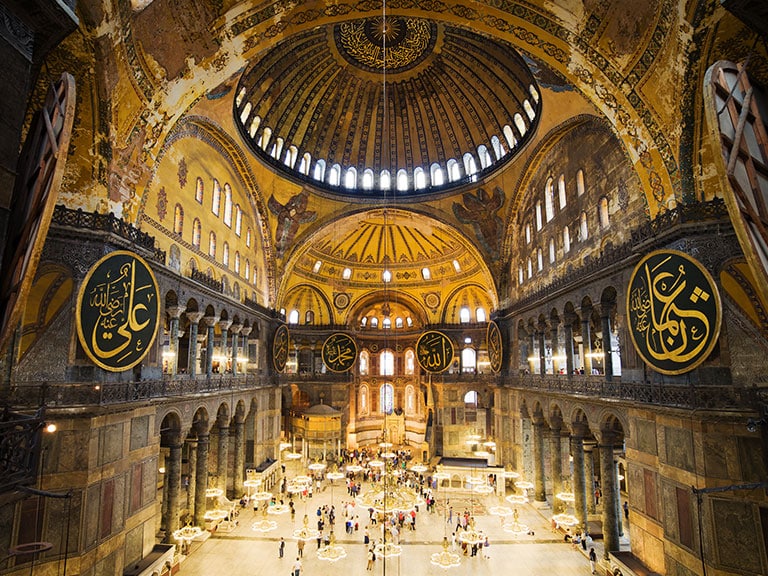
1. Hagia Sophia
For many people planning a tour of Istanbul, exploring the Hagia Sophia is at the top of their to-do list, and rightfully so. Also referred to as the Church of Divine Wisdom, this mosque entrances all who are lucky to behold its magnificence.
Thanks to Christianity and later Islam throughout its history, the Hagia Sophia combines Christian and Muslim architecture elements in the most breathtaking manner. It is even regarded by many as the 8th wonder of the world.
Before becoming the mosque that it is today, the building was used as a church for close to 9 centuries. During its period under Christianity, the Hagia Sophia was burnt to the ground two times before it was finally rebuilt on a grander scale between 532 and 537. Much of the Christian decoration in the structure today dates to this period.
When the Ottomans conquered Constantinople in the 15th century, it was converted into a mosque. The Turks executed certain modifications, including adding four minarets, a buttress, mihrab, bronze lamps, and other Islamic decorations. The end product looked both like a blend of a cathedral and mosque, which sounds unusual, but it actually resulted in one of the most breathtaking pieces of architecture in the modern world.
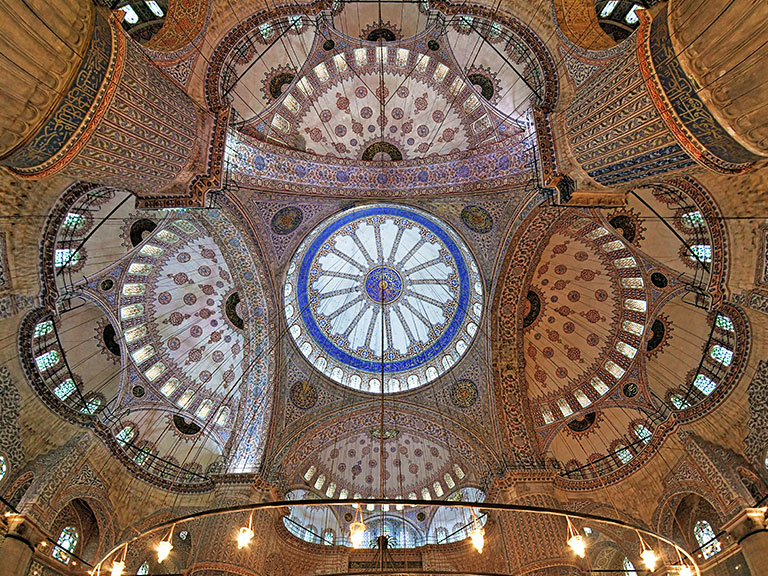
2. Blue Mosque
Next up on our list is the Hagia Sophia’s direct competitor, the Blue Mosque. This magnificent Mosque was built between 1609 and 1616 on the orders of Sultan Ahmet and is unquestionably the finest example of Ottoman architecture in Turkey. When it was completed, the Blue Mosque raised controversy since it has six minarets, just the Great Mosque of Mecca. To stem the dissent, the Sultan funded the addition of a seventh minaret to the Great Mosque.
Today, the six minarets are one of the most iconic sights in Istanbul’s skyline. Nevertheless, their beauty pales compared to the Mosque’s interior, decorated with more than 20,000 blue Iznik tiles. Thanks to the breathtaking tiles, which also give the Mosque its name, the Blue Mosque has one of the most captivating interiors of any building in the world.
It is also widely accepted that as Sultan Ahmet was commissioning the construction of the Blue Mosque, he wanted a house of worship that would beat the Hagia Sophia in splendor and grandeur. This is mostly the reason why the Mosque sits directly opposite the Hagia Sophia. Now, whether or not he achieved his goal is a matter of opinion; but one thing is for sure, the Blue Mosque is one of the top attractions in Istanbul.

3. Topkapi Palace
Sitting beside the Bosphorus, the glorious Topkapi Palace is the finest example of just how lavish the Ottoman sultans could be. The palace was commissioned by Mehmet the Conqueror in the 15th century and served as the royal seat of the Ottoman Empire up until the 19th century.
Today, Topkapi Palace is a museum displaying a dazzling imperial collection of the Ottoman Empire. These include Islamic art, books, and relics of the Prophet Muhammad. The palace is also home to the Imperial Treasury, which hosts some of the most precious gems and jewelry from the Ottoman Empire.
Architectural wise, Topkapi Palace is an excellent feat of the Ottoman empire. It has four courtyards, which are lined with intricate hand-painted tile work. The many rooms in the palace are filled with opulent decorations, but of all of these, the most famous is the Harem, a splendid section of the palace that housed the Sultan’s many concubines and children.
Walking through the Second Court leads you to one of the most awe-inspiring sections of the palace; the Imperial Council Chamber. You can also explore the palace kitchens before proceeding to the Third Court, where you can explore the Sultan’s private rooms.
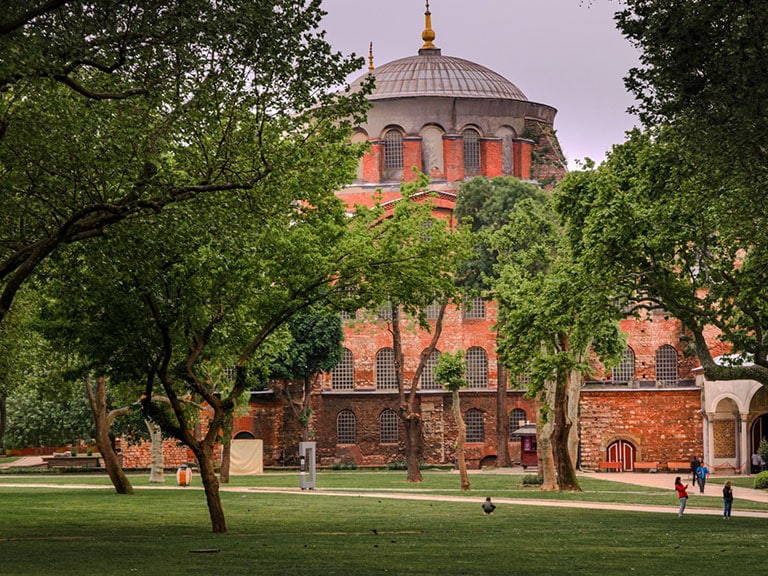
4. Hagia Irene
Inside the walls of Topkapi Palace is another magnificent building that is worth your consideration. Although it lacks the level of opulence and grandeur that define its younger sister, the Hagia Sophia, the Hagia Irene is a historical gem. Of all Byzantine churches in Istanbul, the Hagia Irene has the longest history.
It was first commissioned by the emperor Constantinople in the 4th century before it was destroyed during the Nika revolt and rebuilt by Emperor Justinian in the 6th century. Two centuries later, the Hagia Irene was damaged again by an earthquake. As a result of the iconoclasm, the church was rebuilt in a much simpler architecture and, naturally, lost most of its grandeur in the process. Rather than striking mosaics and frescoes like those in the Hagia Sophia, several modest figures were engrained on its walls to keep the church simple.
When the Ottomans occupied Constantinople, the Hagia Irene functioned as an armory, while the neighboring Hagia Sophia was used as a mosque. In the 19th century, it changed into a military museum and then an archeology museum.
Today, the church serves as a museum that entertains those interested in the historical side of things than in the glamour and rich decorations.

5. Istanbul Archaeological Museums
Not far off from Topkapi Palace is a museum complex that will capture the heart of any history lover. Istanbul Archaeological Museums houses some of the most stunning historical artifacts unearthed from most around Turkey and the Middle East.
It has three sections; the Archeology Museum, the Museum of Ancient Orient, and the Tiled Pavilion of Mehmet the Conqueror. The Tiled Pavilion is a treasure of art that holds an excellent collection of ceramic art dating over 900 years ago.
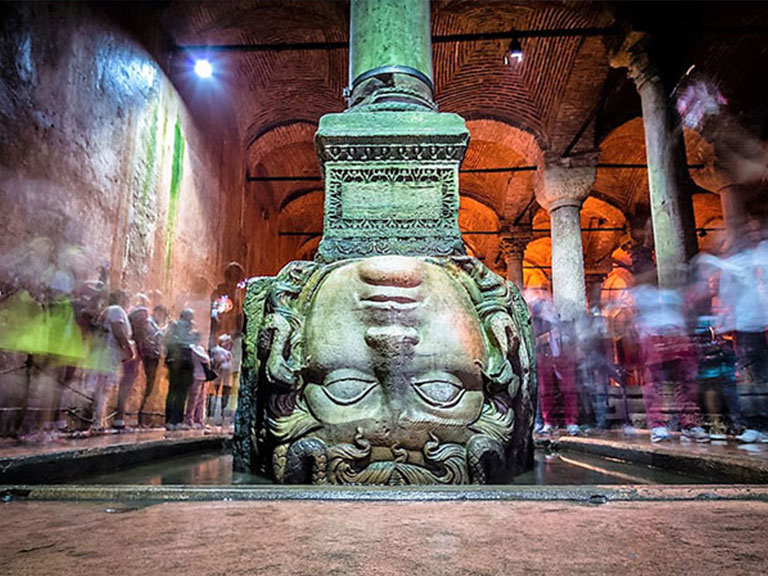
6. Basilica Cistern
If you want an attraction that will blow your mind, the Basilica Cistern is the perfect site for you. This almost surreal cathedral is one of the hundreds of underground cisterns scattered all over Istanbul. Built in the 6th century by Emperor Justinian I, it is undeniably one of the most astonishing achievements of Byzantine architecture in Istanbul.
The cistern gets its name because it looks like a basilica, but more so because a basilica stood near the area when it was constructed. When full, the Basilica Cistern could hold up to 80,000 cubic meters of water. To support the roof, recycled columns from the ancient world were used, and the most famous of these are Medusa column bases in the northwest corner of the cistern.
Today, there isn’t much water in the cistern, but it is enough for a few fish to survive. It is lit by soft red lighting, creating a breathtaking sight when reflected in the waters.

7. Suleymaniye Mosque
Another iconic attraction within the historical Sultanahmet district is the Suleymaniye Mosque. The Mosque was built on top of a hill by the Ottoman architect Sinan between 1549 and 1575 in honor of Suleyman the Magnificent. It has a stunning architectural design, and the inside is filled with some of the most captivating decorations in the city.
Outside the mosque is an idyllic garden that also serves as an Ottoman cemetery housing the Sultan Suleyman’s tombs and his wife, Haseki Hurrem.

8. Spice Market (Misir Carsisi)
The city of Istanbul is also home to some of the most colorful places in Turkey, and one of these is the Spice Market. It was built in the year 1664 as part of the New Mosque complex was called Misir Carsisi in Turkish, which translates to Egyptian Market because it was built using funds from the Ottoman eyalet of Egypt. Spices from Egypt would also be delivered here, and for the longest time, it was the center of Istanbul’s spice business.
Today, the bazaar displays hundreds of spices, dried fruit, Turkish delight, nuts, and herbs. This blend transforms the market into a place full of beautiful colors and sweet aromas. Therefore, it attracts many tourists each day and is usually crowded from 11 am to 4 pm.
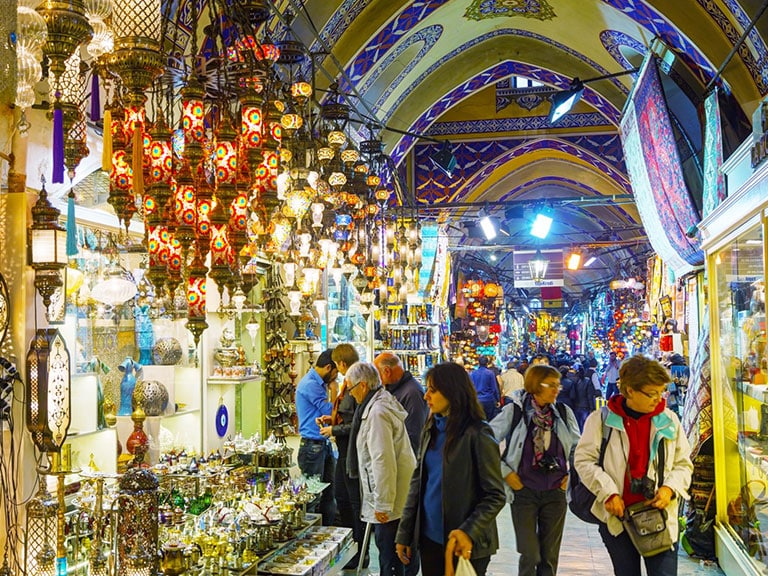
9. Grand Bazaar
While the Spice Market dazzles visitors with its colors and fragrances, the Grand Bazaar gives them the perfect shopping experience. As they make rounds through churches, mosques, and museums, tourists love passing by this bazaar, which takes up a whole city square by itself. It is so big that there are a total of 11 gates opening up into the market. Along one of its entrances is the Burned Column, a 40-meter-high porphyry stump set up by Emperor Constantine the Great.
It sits between the Nuruosmaniye Mosque and Beyazit Mosque and is surrounded by thick walls. Here there are hundreds of stalls and shops selling Turkish souvenirs, making it a tourist hotspot. To make exploring a relatively easy experience, the bazaar is divided into specific sections.

10. Dolmabahce Palace
The Dolmabahce Palace is the largest in Turkey and was constructed in 1854 in the Besiktas district of Istanbul along the European shores of the Bosphorus. This was done on the orders of Sultan Abdulmecid I, who felt that the Ottoman style Topkapi Palace didn’t have enough luxury and comfort to match the palaces of European monarchs. To satisfy his tastes, the palace was constructed with clear European influences and was the home of six sultans until the caliphate was abolished in 1924.
Today, the extravagant mix of baroque, neoclassical, and Ottoman influences dazzles tourists with such splendor and pomp that cannot be found anywhere else. The sumptuous interior is filled with fresco-decorated ceilings, French-style furniture, and mesmerizing mammoth chandeliers. Outside, the idyllic gardens make for an excellent environment to take a stroll among blooming flowers, ornamental basins, and beautiful fountains.
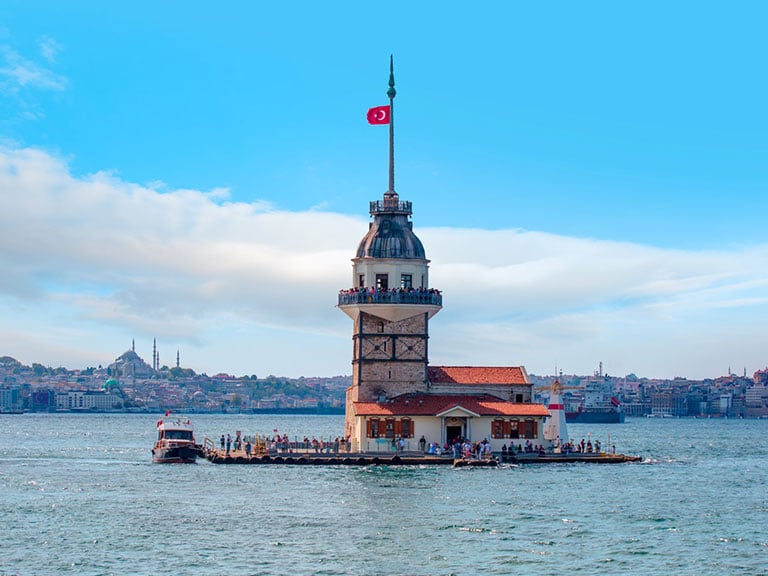
11. Maiden’s Tower
Seeing that we are already near the Bosphorus, let’s take a trip downstream to this iconic tower on a small island at the strait’s southern entrance. The little tower dates back to 12th century Byzantine Istanbul and has survived its share of tragedies to become what it is today.
The tower is usually the first stop for tourists sailing along the Bosphorus Strait. There is a small restaurant on the first floor and a café at the top where they get to enjoy a breathtaking view of the Bosphorus and the Golden Horn.
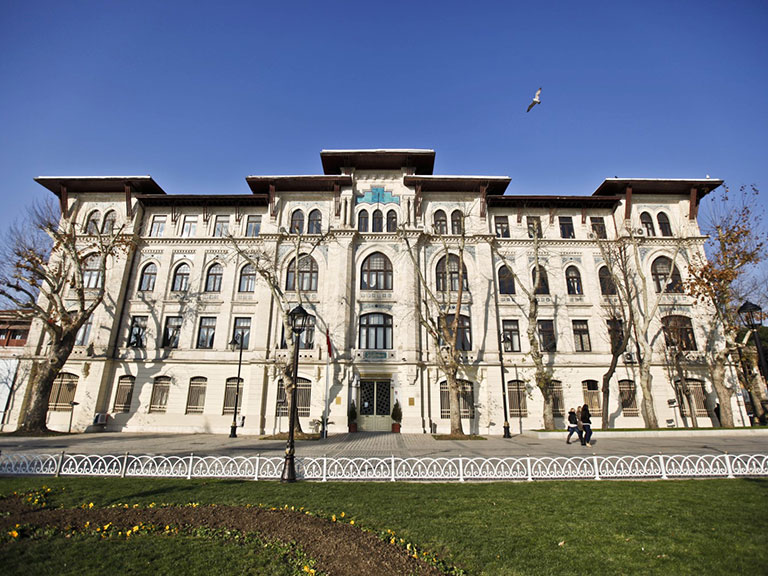
12. Museum of Turkish and Islamic Arts
For those interested in Ottoman and Islamic art, the Museum of Turkish and Islamic Arts is the place to be. This museum is housed in the palace of Ibrahim Pasa (The Grand Vizier for Sultan Suleyman the Magnificent) and displays a captivating collection of Ottoman carpets from across the centuries. These carpets are so exquisite that textile experts agree that they are amongst the best in the whole world.
Visitors are also treated to excellent displays of wood carvings, ceramics, and calligraphy that date as far back as the 9th century and as recent as the 19th century.
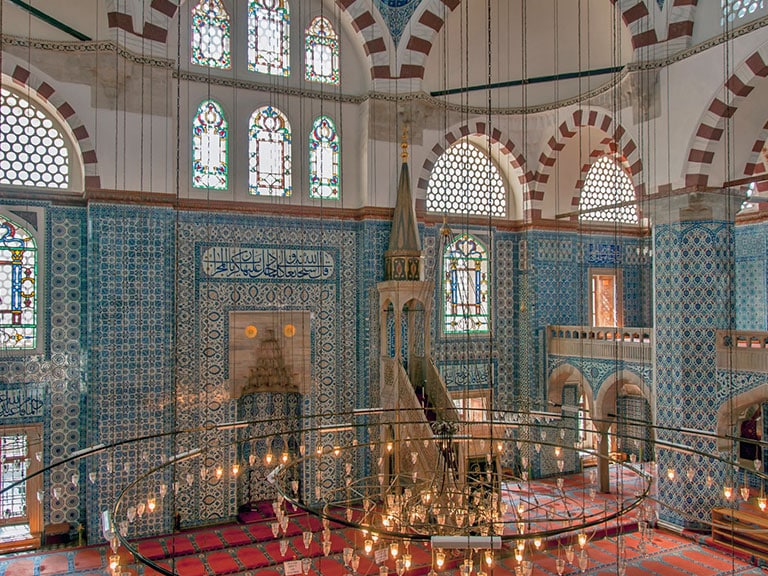
13. Rustem Pasa Mosque
If you love the Blue Mosque, you will most definitely love the Rustem Pasa Mosque. Like with the Blue Mosque, this mosque’s beauty lies in the gorgeous hand-painted Iznik tiles. And while it may not have the grandeur that has made its counterpart world-famous, it contains the best examples of Iznik tiles, hand-painted in reds, blues, and greens. The intricate tiles decorate both the exterior and the interior of the mosque, giving it an almost picture allure.
While the delicate beauty of the mosque will capture your heart, the fact that it is little known makes visiting it even more appealing. Here, there are no crowds; hence, you can embrace the mosque’s breathtaking aura without having to battle with large groups.
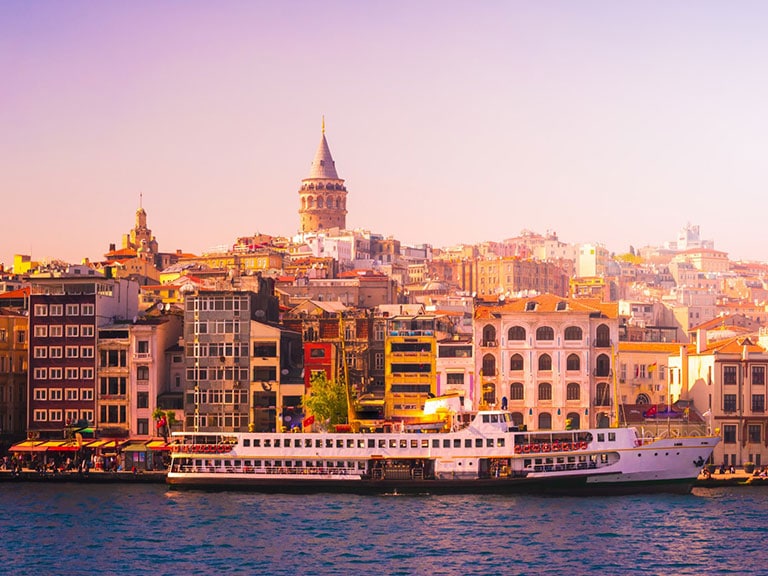
14. Galata Tower
Well, if you thought that the most recognizable landscapes in Istanbul were either Muslim or Christian, the Galata Tower will surprise you. Sitting in a predominantly Jewish neighborhood, this tower has an incredible history that spans centuries. Even more astonishing is the panoramic view of the city that the building offers its visitors. Therefore, it is quite a popular site, and you will have to come early if you want to avoid the long line of tourists waiting to enjoy a scenic view of the city’s skyline. However, capturing the perfect sunset also worth the effort.
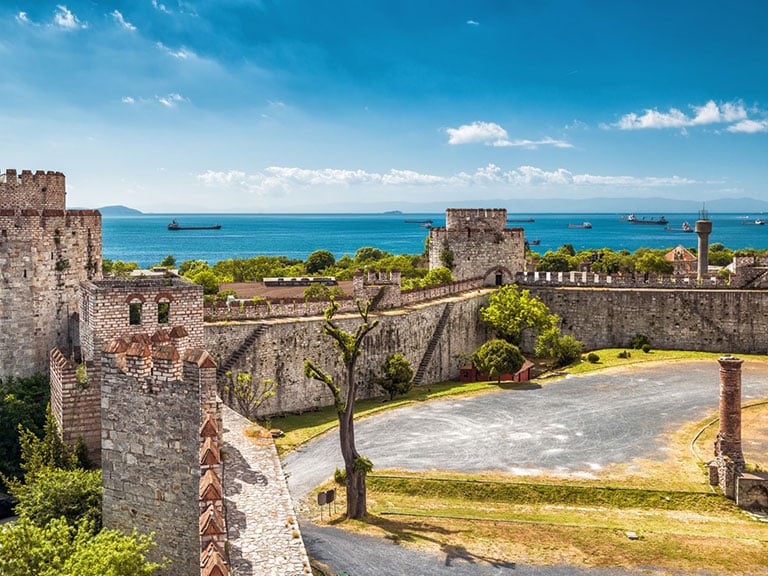
15. Yedikule Fortress (Yedikule Hisari)
Yedikule Fortress is another gift left over from the occupation of Constantinople by the Byzantine Empire. The fortress dates back to the 5th century during the reign of Emperor Theodosius II, where it was part of the southern section of the city’s defensive walls. There was a mammoth arch (Porta Aurea) that had doors plated in gold. When the Ottoman Turks captured the town, they used it for defense before converting it into a prison and an execution place.
Today, the fortress treats visitors with a little bit of Istanbul’s history and stunning views across the Sea of Marmara.
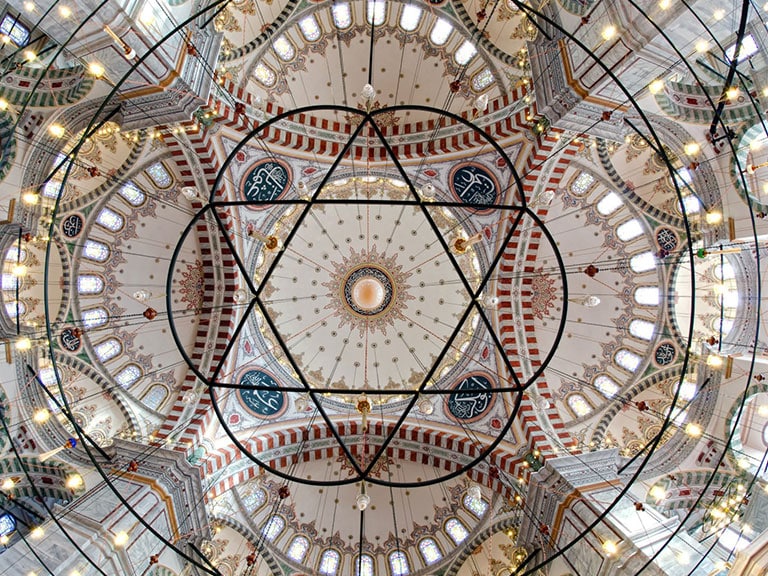
16. Fatih Mosque
This far down the list, and we can all agree that Istanbul has its share of striking mosques. What you may not know is that it all started at the Fatih Mosque. This mosque was commissioned by Mehmet the Conqueror after conquering the city of Constantinople and is the first of Istanbul’s grand imperial mosques. It sits on top of a hill with stunning domes and minarets adorning the city’s skyline.
The mosque is a popular pilgrimage site and of historical significance, because it houses Sultan Mehmet’s tomb.
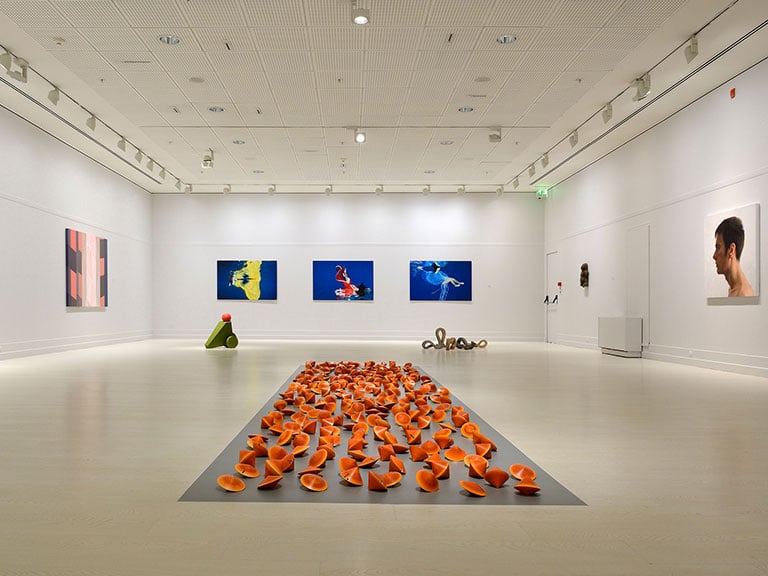
17. Pera Museum
Istanbul is also home to an impressive art gallery, Pera Museum. This museum attracts many art lovers who visit to enjoy stunning art collections from the Ottoman era. These include some of the finest Ottoman paintings in the modern world, ceramics, and other objects from the Ottoman Period.
The museum regularly changes exhibitions. Therefore, if you’re lucky, you may get to see pieces from some of the biggest names in the art world.
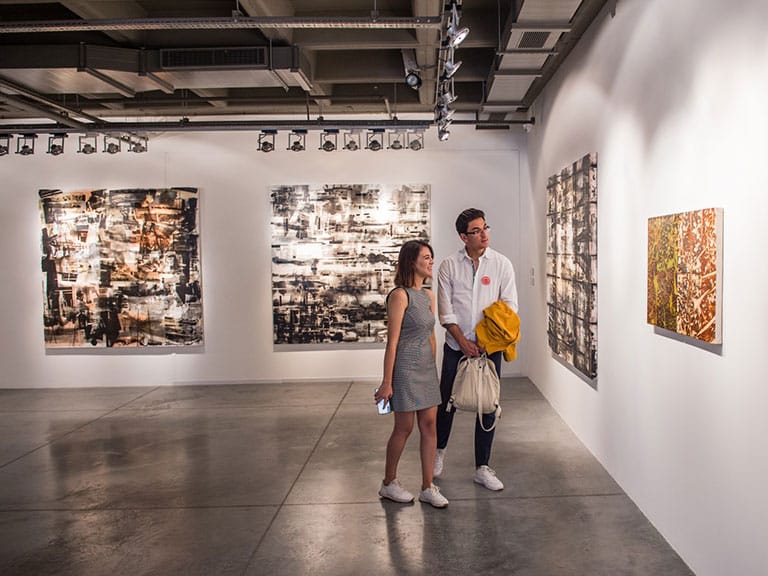
18. Istanbul Modern
Well, here is another destination for art lovers. The Istanbul Modern gives visitors a break from the historical sightseeing typically associated with Istanbul by displaying an extensive collection of modern Turkish art.
Throughout the year, the art museum hosts different exhibitions from both Turkish and international artists. Today, the art galleries are temporarily hosted in the Beyoglu building as they await the art museum’s new permanent home in Karakoy to be completed.

19. Istiklal Caddesi and Taksim
The Istiklal Caddesi (Independence Street) is one of Istanbul’s most idyllic streets. This street contains an intricate mix of shopping stalls, cafes, restaurants, an old-fashioned tramway, churches, and old consulate buildings. It is also close to Orhan Pamuk’s Museum of Innocence, which is based around the theme of the novel, The Museum of Innocence, by Turkey’s most famous author. The conceptual museum gives visitors an outlandish experience different from other art museums in the city.
To get to the lower end of the street, visitors get to use the world’s oldest underground railway, the Tunel, constructed in 1875. Other interesting places within the road include Macka Park, home to a military museum, and the busy Cumhuriyet Caddesi.

20. Chora Church (Kariye Muzesi)
This beautiful Byzantine church sits just outside the old city walls of Constantinople. The church has survived critical destruction in the 9th century and undergone several facelifts between the 11th and 14th centuries into the structure you see today.
Today, the church is a world-famous museum that houses sparkling 14th-century mosaics. The most intact of these mosaics can be found in the church’s two narthexes while the fragments sit in the nave. There are impressive frescoes on various Christian themes lining the walls and the dome of the Byzantine structure.
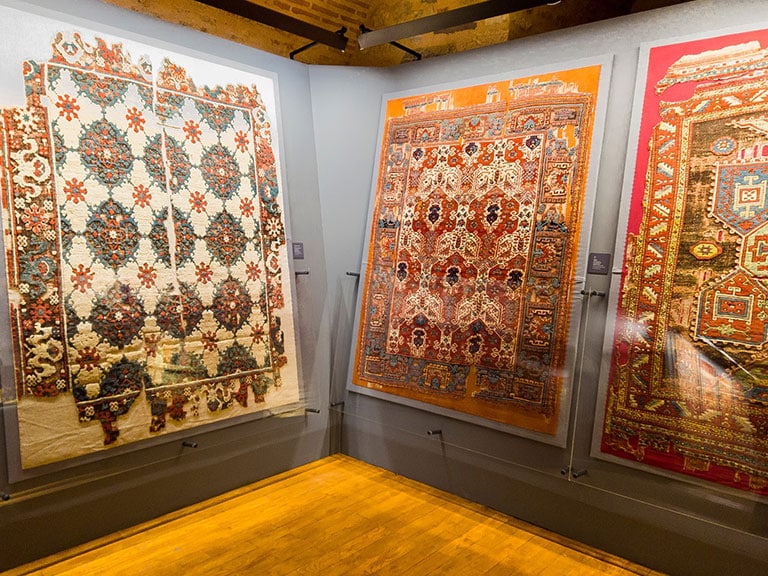
21. Carpet Museum
Finally, one of the best places to finish your tour of Istanbul is the carpet museum. This museum gives visitors a glimpse of the incredible heritage and breathtaking artistry of carpets in the city. The museum is part of the Aya Sofya complex, and the carpets are displayed in three galleries. Here, you will learn the history of Turkish rugs as you enjoy brilliant examples from different regions of the country.
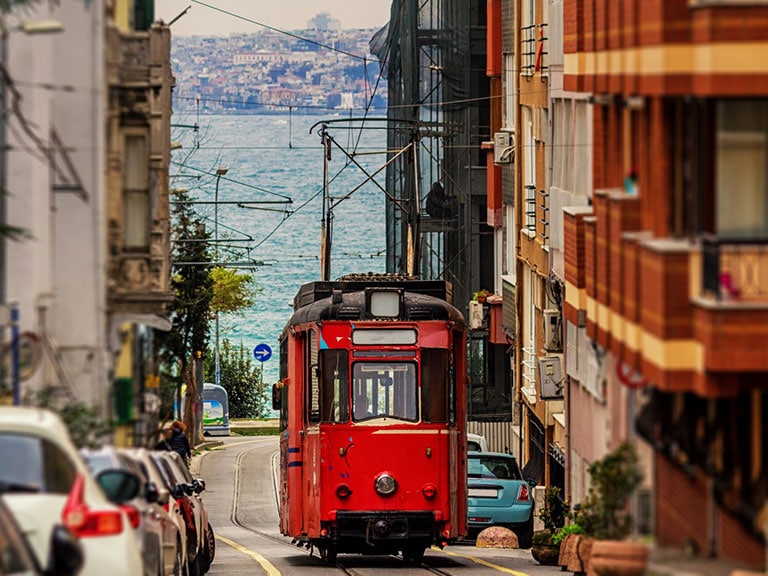
How to Make the Most of Your Time in Istanbul
- Set at least two days for exploring the city to ensure you have enough time to visit most of Istanbul’s top attractions.
- Experience and learn a bit of the city’s traditional culture. One of the best ways to do this is to buy an advanced ticket for the intriguing Whirling Dervish Show held at the HodjaPasha. The whirling dervish dance is a UNESCO-listed ceremonial dance and one of the most exciting ceremonial dances you will ever witness.
- Rather than wander around the city by yourself and risk getting lost, rent a professional guide who knows their way around Istanbul’s top attractions.
Book Your Private Tour to Istanbul Today
Of course, this is just the tip of the iceberg, but we hope that this guide inspired you to make your own list of the top places to go while in Istanbul. If you like us to be your ambassador touring Istanbul or the entire Turkey, please visit our private tours page here and use the trip planner form for refining your trip. We offer a great variety of trips for anyone who would like to enjoy a true experience.
